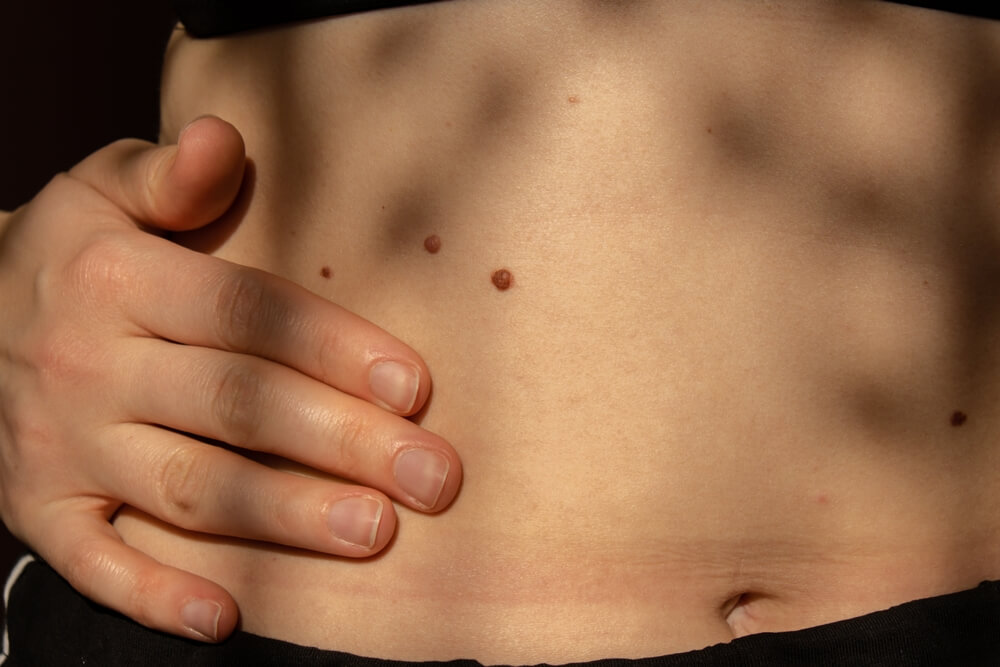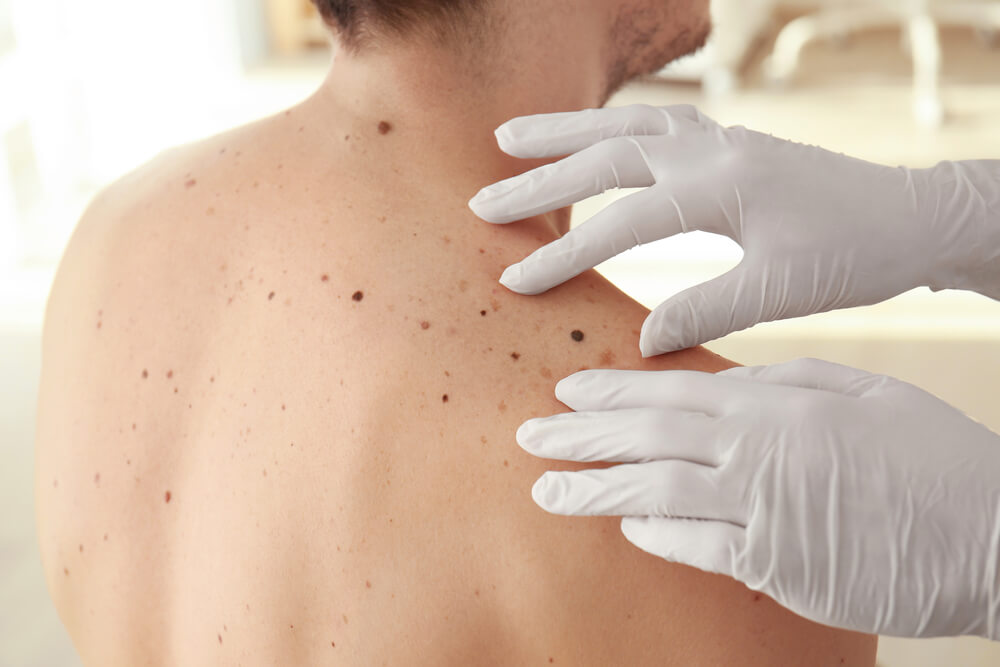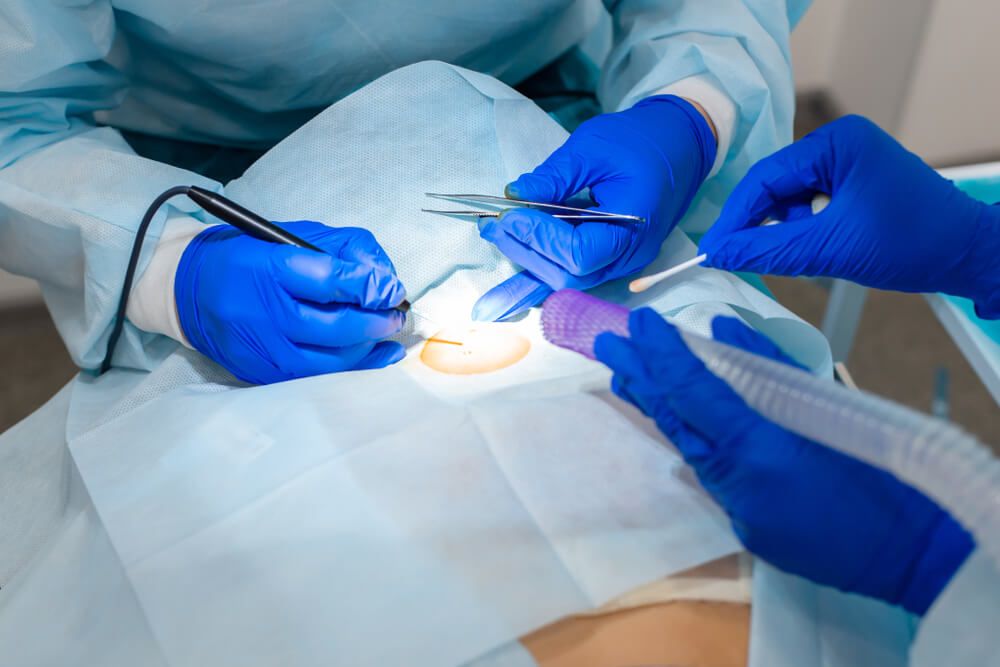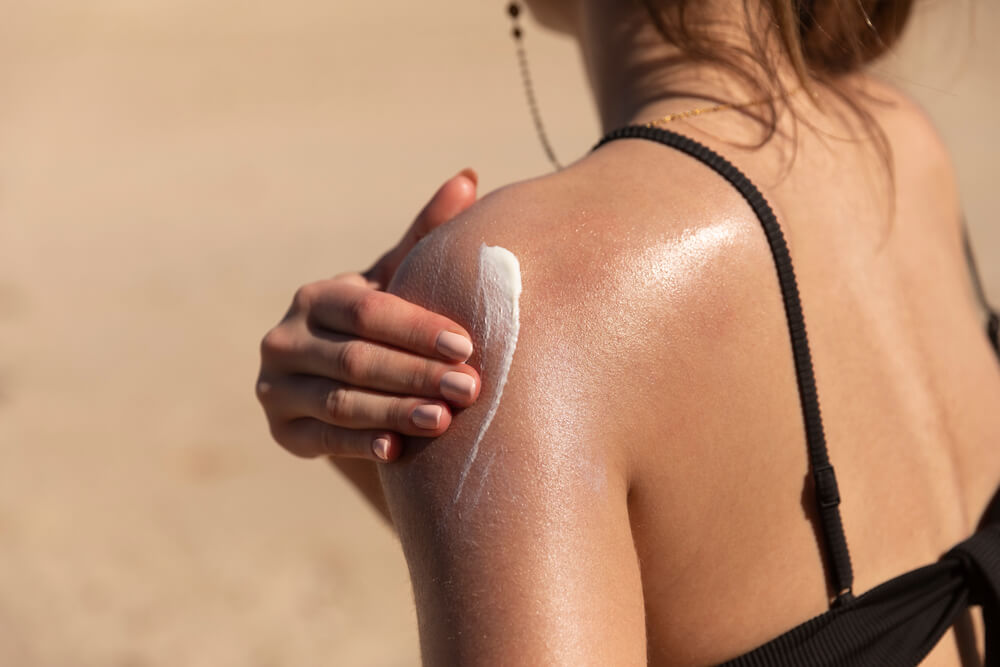Team Dermatology is providing the latest treatment and care for Melanoma patients in Texas!
Team Dermatology has the best melanoma specialists in Texas. We have been treating people with this condition for years and have helped a number of patients get the care they need.
Our team of experts is dedicated to helping you understand your diagnosis and treatment options, as well as providing you with the care you need to feel confident in your recovery process.
Types of melanomas are determined by how a sample of tumor cells appears under a microscope. These cells are taken during an operation or biopsy. Knowing the type is crucial since it can inform your doctor about the location and rate of growth of the melanoma.

This condition has four main types.
The most prevalent kind of superficial spreading melanoma. It initially spreads throughout the epidermis of the skin. It can eventually pierce the skin further.
The second most typical kind is nodular. It typically grows swiftly, which makes it potentially aggressive. Its most typical characteristic is a firm-to-the-touch hump or node that rises above the skin's surface.
The face, scalp, or neck are the typical sites for lentigo maligna melanoma to appear. Typically, older individuals with severely sun-damaged skin are affected.
A rare illness called acral lentiginous melanoma affects persons of various races and socioeconomic backgrounds. The majority of cases of melanoma in people of African and Asian origin are this type. It can grow under the toenails and fingernails as well as on the palms of the hands and soles of the feet.
Amelanotic, nevoid, spitzoid, and desmoplastic melanoma are some further uncommon variants or subtypes.
The eyes can also be impacted in various locations by this condition.
Some melanomas can develop from tissues that line the body's interior cavities. Mucosal melanoma is the name given to these tumors. The head and neck area, the anus, the vagina and vulva, and the digestive tract are where they most frequently manifest.


When exposed to UV radiation from the sun or other sources, such as solariums, the chance of developing melanoma rises, especially when sunburnt episodes occur during childhood.
A higher chance of developing this condition exists among those who:

The initial sign of melanoma is typically a change in an existing mole or the emergence of a new lesion.
These alterations could involve:
Dark spots under the nails or on the mucous membranes lining the mouth, vagina, or anus are further signs.
It’s typical for new moles and spots to develop, change, and occur during childhood, adolescence, and pregnancy. Adults should visit their doctor to have any new spots or moles evaluated, though.


This condition can have a variety of appearances. Typically, a new spot or alteration in an existing mole is the first indication.
Your doctor will examine you if you do detect any changes to your skin and carefully verify any areas you've mentioned have changed.
An excision biopsy is performed together with the complete removal of the lesion on your skin if the doctor has a suspicion that a mole on your body might be melanoma. A professional will then look at this under a microscope to see if there are any cancer cells present.
As this condition can occasionally spread to other parts of your body via the lymph veins, your doctor may check the lymph nodes close to the melanoma to determine whether they are swollen. Additionally, your doctor might advise a biopsy to remove cells from an enlarged lymph node for microscopic analysis.



Surgery to remove this condition is frequently used as a treatment for early-stage melanomas. A very thin melanoma could be completely eliminated during the biopsy and not need any additional care.
A border of healthy skin and a layer of tissue beneath the skin will also be removed by your surgeon if necessary. It’s possible that this is the sole therapy required for persons with early-stage melanomas.
Treatment options for this condition that has migrated outside the skin include:
Your chance of developing this condition and other types of skin cancer can be decreased if you:


At Team Dermatology, we offer a wide range of treatments. We have an experienced team of dermatologists who specialize in treating all types of skin cancers including this condition. Our team is fully equipped with state-of-the-art technology to provide you with the best care possible. Call us today to know more about our Melanoma treatment cost.

Our doctors are board certified and have been recognized for their expertise in treating skin cancer.

Team Dermatology offers multiple treatment options for people who have been diagnosed with this condition.

The board-certified dermatologists at Team Dermatology are dedicated to giving their patients the best possible medical, surgical, and cosmetic dermatology care.

Team Dermatology has two dermatology clinics, one in Memorial and the other in Sugar Land, both of which are conveniently located in Texas.
The cells that make melanin, the pigment that gives your skin its color, grow into this condition, the most dangerous type of skin cancer. Additionally, this condition can develop in your eyes and, very rarely, inside your body, like in your throat or nose.
You can get this condition anywhere on your body. Your back, legs, arms, and face are the places where they typically appear because of sun exposure. The palms of your hands, the bottoms of your feet, and the undersides of your fingernails are examples of places where melanomas can develop that don’t get a lot of sun exposure.
If melanoma is discovered at an advanced stage, the patient may experience a number of difficulties. A few of them consist of:


TEAM Dermatology advises you of the departure of Dr. Kuda Maloney from our Memorial and Sugar Land locations in November of 2023. Dr. Maloney will be pursuing interests outside of private practice and we wish her the best in achievement of her future endeavors. Please contact our office to arrange for your care with another provider in our offices.